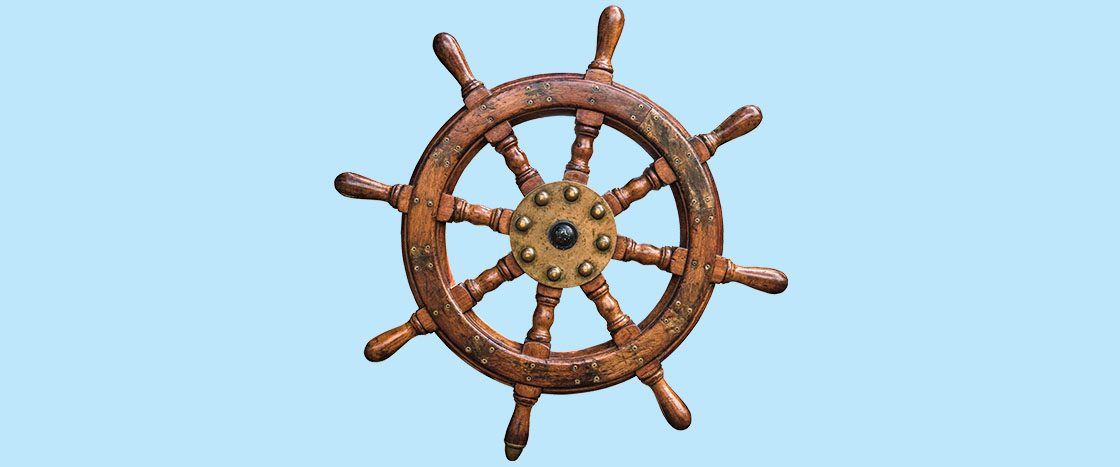Jennifer Thermes/Getty Images
These are huge lakes! In many spots, you can’t even see the other side. The water stretches out as far as you can see.
The city of Chicago is by one of the Great Lakes. Can you see which one on the map?

You are going to read an article about a ship long ago. Here are three facts to know first.
Learning Objective: Students will learn background knowledge about ships in the past.
1. There are five Great Lakes.
Jennifer Thermes/Getty Images
These are huge lakes! In many spots, you can’t even see the other side. The water stretches out as far as you can see.
The city of Chicago is by one of the Great Lakes. Can you see which one on the map?
2. Long ago, people often got things to cities on ships.
iStockPhotoa/Getty Images (Tree); Shutterstock.com (All Other Images)
Clockwise from top left: Steel, Christmas trees, wood, and wheat
In the 1800s, many ships sailed on the Great Lakes. They carried goods across the water. Goods are things that people make or grow. People can buy or sell them. Wood, steel, and wheat were some goods that ships carried. They even carried Christmas trees!
3. Trips on those ships could be dangerous.
The Great Lakes can have wild weather. Storms come. Waves rise and crash.
Long ago, GPS had not been invented yet. Sailors didn’t have it to know which way to go.
Also, ships back then did not have radios or cell phones. If a ship was in trouble, sailors had a hard time letting people know where they were. Many ships sank.
Continue on to "The Legend of the Christmas Tree Ship" to read about a ship that set sail on Lake Michigan many years ago.
Shutterstock.com
